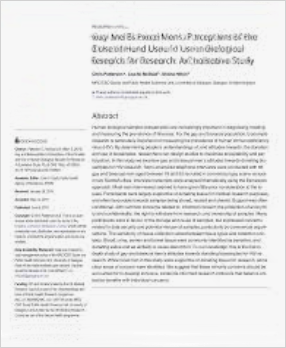Direct Concentration and Viability Measurement of Yeast in Corn Mash using a Novel Imaging Cytometry Method
Journal of Industrial Microbiology Biotechnology, October 2010. Chan LL, Lyettefi EJ, Pirani A, Smith T, Qiu J, Lin B.
Worldwide awareness of fossil-fuel depletion and global warming has been increasing over the last 30 years. Numerous countries, including the USA and Brazil, have introduced large-scale industrial fermentation facilities for bioethanol, biobutanol, or biodiesel production. Most of these biofuel facilities perform fermentation using standard baker’s yeasts that ferment sugar present in corn mash, sugar cane, or other glucose media. In research and development in the biofuel industry, selection of yeast strains (for higher ethanol tolerance) and fermentation conditions (yeast concentration, temperature, pH, nutrients, etc.) can be studied to optimize fermentation performance. Yeast viability measurement is needed to identify higher ethanol-tolerant yeast strains, which may prolong the fermentation cycle and increase biofuel output. In addition, yeast concentration may be optimized to improve fermentation performance. Therefore, it is important to develop a simple method for concentration and viability measurement of fermenting yeast. In this work, we demonstrate an imaging cytometry method for concentration and viability measurements of yeast in corn mash directly from operating fermenters. It employs an [Cellometer] automated cell counter, a dilution buffer, and staining solution from Nexcelom Bioscience to perform enumeration. The proposed method enables specific fluorescence detection of viable and nonviable yeasts, which can generate precise results for concentration and viability of yeast in corn mash. This method can provide an essential tool for research and development in the biofuel industry and may be incorporated into manufacturing to monitor yeast concentration and viability efficiently during the fermentation process.

